Unusual attitudes in your airplane are perhaps self-explanatory, an extreme departure from straight and level flight - not all that serious since the airplane is not stalled. An unusual attitude can lead to a stall and to a spin. The FARs (Federal Air Regulations) require knowledge and proficiency in unusual attitudes and stalls.
A spin is a maneuver , intentionally or unintentionally performed, beginning with the stall of the airplane at level flight (although the stall and entry can occur in unusual positions) followed by rotation or gyrations from its horizontal, vertical, and lateral axises. But let's not get too technical - the important thing is to recognize what it is and how to recover to straight and level flight. Why? Because a stall or spin can occur at low altitude or in the traffic pattern, without sufficient altitude to recover.
In our discussion, let's separate the stall from the spin. After all, the stall is necessary to a good landing - we encounter stalls every time we fly. When the airplane stalls, it quits flying, and unless you are already touching the runway, it takes maybe several hundred feet to recover.
The spin is a different "kettle of fish". Dangerous? Yes and no. It means you've lost total control of the airplane. If you don't initiate immediate recovery, it's dangerous. If the spin is allowed past three turns or stays inverted, the spin (flat spin) may become unpredictable or unrecoverable. Each airplane is different. Large airplanes are not meant to be spinned, and the Manufacturer of the airplane must state in the Airplane Flight Manual whether spins are prohibited. If prohibited, don't spin the airplane. If you get into a spin inadvertently, the Manufacturer will advise as follows: Move the throttle to IDLE, the ailerons to Neutral, then full opposite RUDDER, followed by control stick or control wheel FORWARD. When the rotation stops, neutralize both rudder and stick.
The procedure for recovery from a spin, then, is similar in most Airplane Handbooks of the typical GA small airplane:
1. Power off.
2. Opposite rudder.
3. Contol stick forward (to break the stall.
4. Ailerons neutral.
5. Check attitude and upset of instruments.
Without getting into aerodynamics, we have stopped the rotation of the spin, unstalled the airplane, and restored level flight. Very simple, yes? But in rotating the airplane, we are looking at the background moving in the opposite direction, at an angle. So we must keep in mind the direction of the spin (the heavy foot will indicate the direction to stop the turn of rotation). If the rotation is not stopped, the spin may become aggravated and more altitude will be lost since the airplane is still stalled.
The FARs do not require spin demonstration or proficiency by private or commercial pilots. Instructor pilots, for all ratings, are required to be proficient in spins.
Should you be demonstrated spins? In my opinion spins should be discussed and demonstrated by Instructor pilots for the new pilot, for many obvious reasons. The demonstration should actually begin with unusual attitudes, leading to stalls and spins, followed by recovery procedures, and ending with Do's and Don'ts.
The pilot, at any time, may encounter an upset or unusual attitude leading to a stall/spin, requiring an immediate recovery response, particularly on instrument flight. Jet vortices or violent air turbulence can cause an upset, totally unexpected, requiring immediate recovery.
Should you practice spins? Again, Yes or No. If spins are permitted in the airplane and you feel comfortable knowing that airplane and what it can do (that is, steep climbing or dscending turns, recovery of stalls, perhaps a split "S", etc.) , I would say yes. If not, wait until you have more time in the airplane.
If you do practice spins, climb to 5,000 feet or more, outside of the city and away from a known traffic area, so that you have sufficient altitude and space to recover. Make sure that your airplane is properly balanced, make recovery movements precise and positive (no hesitation). The altitude loss of a typical GA airplane for a one-turn spin, including recovery, is about 1,200 feet - but don't count on it.
I could cite you a dozen set of statistics regarding aircraft accidents involving spins. The bulk of these accidents usually do not involve the spin maneuver itself. The numbers will not help you - the recommendations will. There is no need to be apprehensive about spins. If you know your airplane well, have perhaps several hundred flying hours, follow the flight rules, and know the recovery procedures without hesitation, I would say practice your spins. I think it is far better to know how to stay out of trouble than to blindly look at trouble for the first time. RS.
Subscribe to:
Post Comments (Atom)

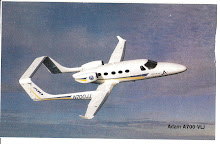

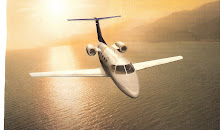


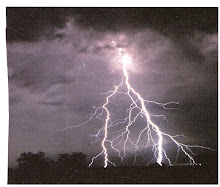

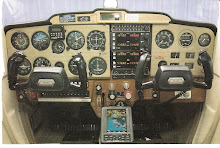
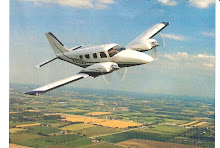
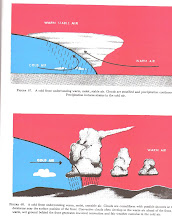
No comments:
Post a Comment